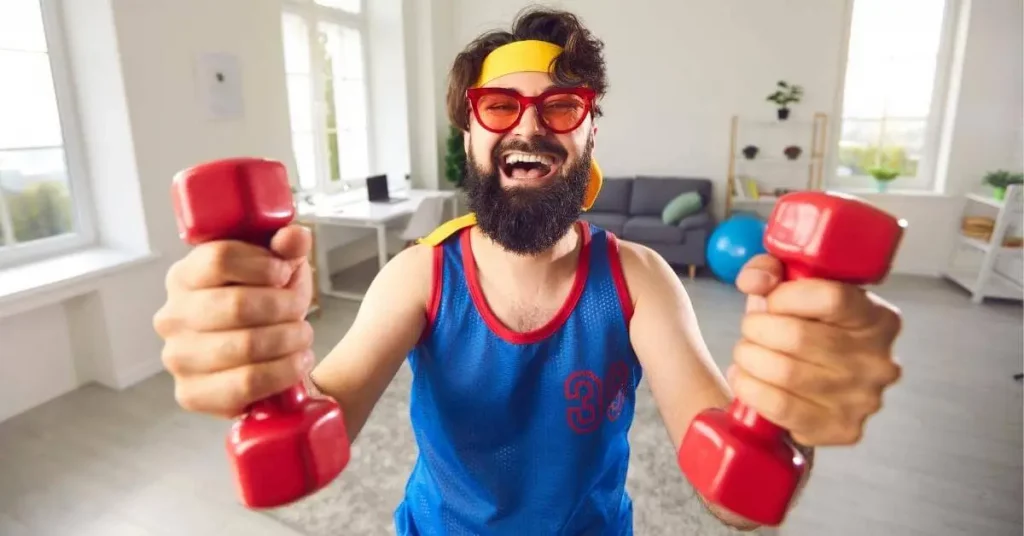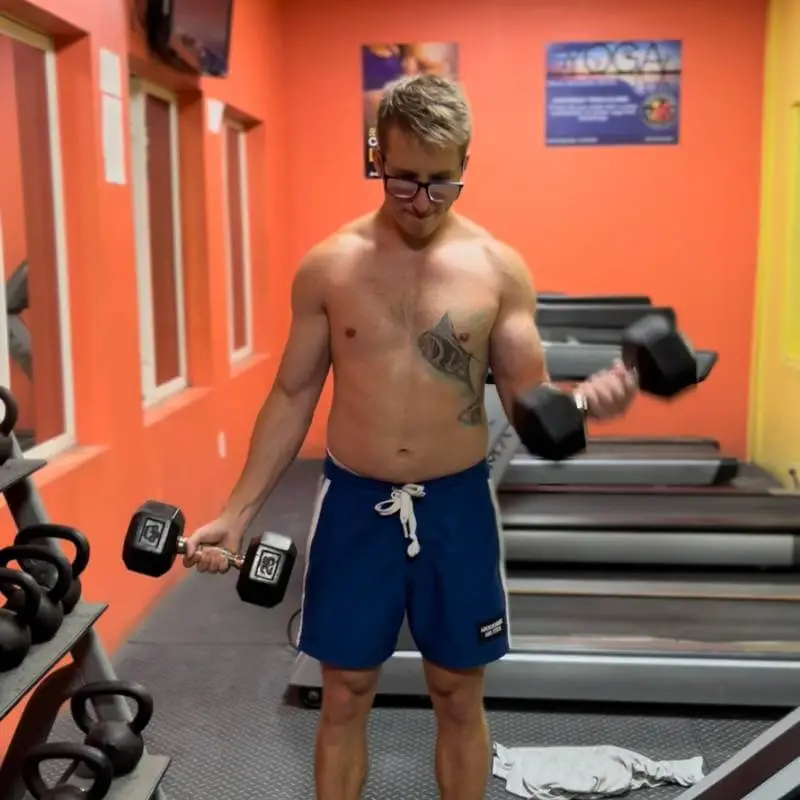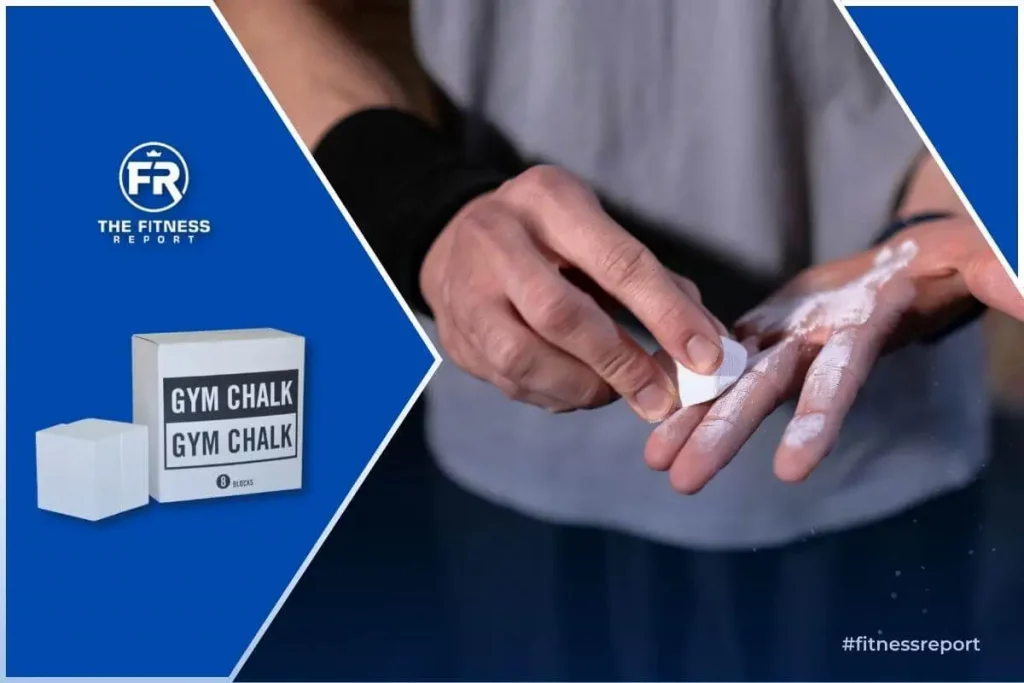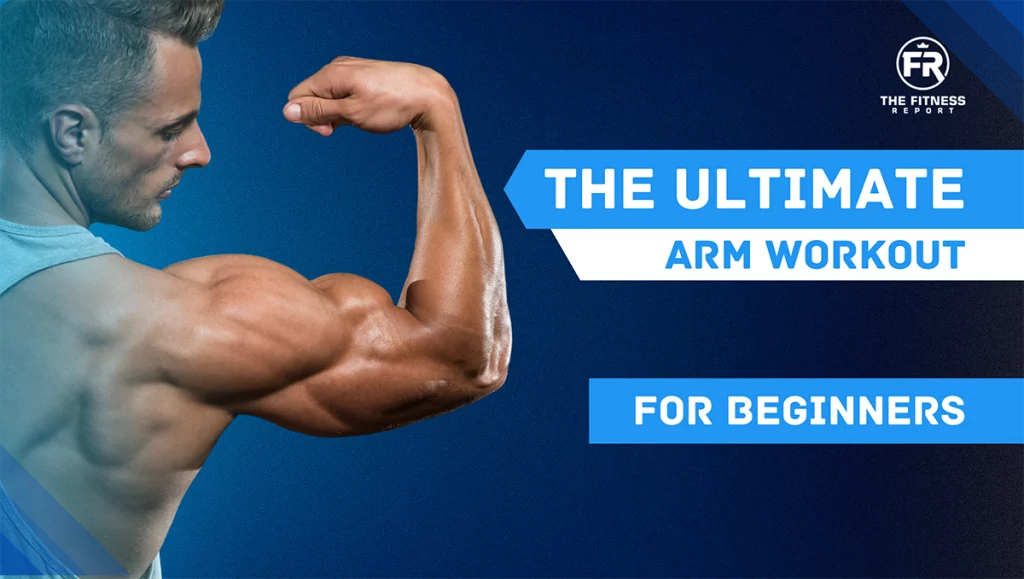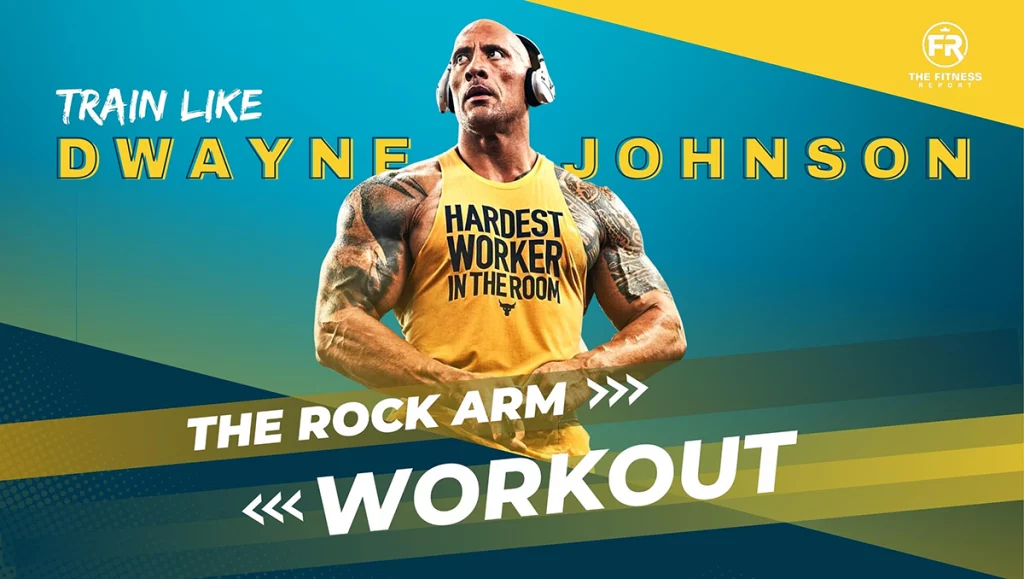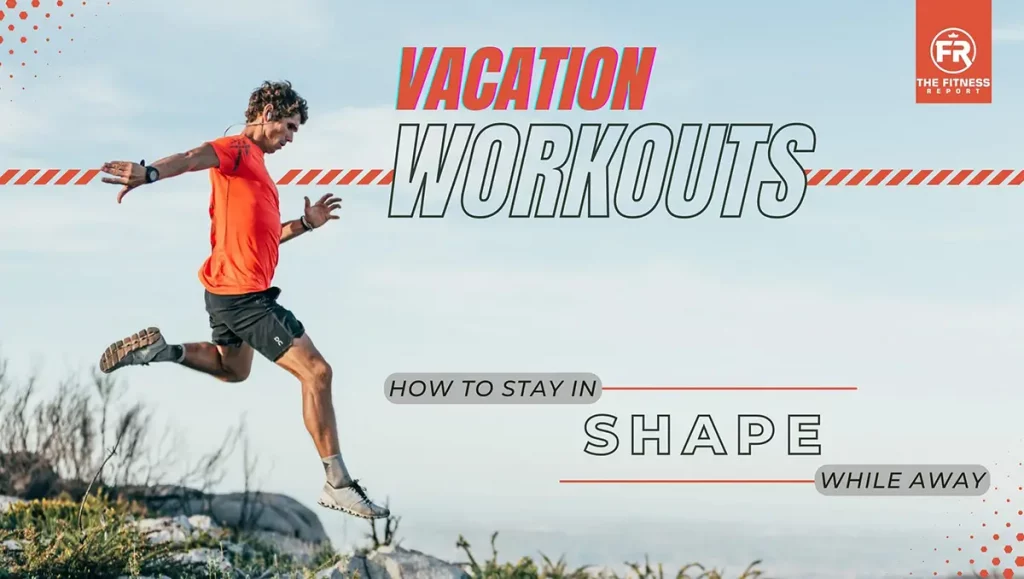- Absolute Beginner Workout (start here)
- How Should an Absolute Beginner Start Working Out?
- Weight Training For Absolute Beginners
- Full Body Exercises For Beginners
- Post Workout Stretching
- Can I Get Fit In 10 Weeks?
- Final Thoughts For Beginners Starting To Workout
Absolute Beginner Workout (start here)
It’s never too late to join a gym and start a healthy lifestyle. If you are a beginner trying to figure out where to start, you are at the right place! Here you will learn everything you need to know about working out before setting off your fitness journey. Let’s check this absolute beginner workout out 🔥🔥🔥.
Regular exercise is undoubtedly very significant and beneficial for your physical and mental health. It helps you achieve and maintain healthy body weight and muscle mass and decrease your risk of developing chronic diseases.
Exercise can also enhance your mood, improve your mental health, and assist in sleeping better. It boosts self-confidence and assists you in maintaining a healthy level of energy which can increase your productivity level. In a nutshell, exercise can assist you in leading a healthier lifestyle.
How Should an Absolute Beginner Start Working Out?
Achieving your goals in the gym requires patience, time, and constant effort. Workouts and exercises don’t work if not done persistently. It’s important to emphasize that this process takes time and that endurance and consistency are required. Instead of jumping right into the workout and exercises, you should do some research and determine why you are exercising and consider the following points:
Set SMART Goals
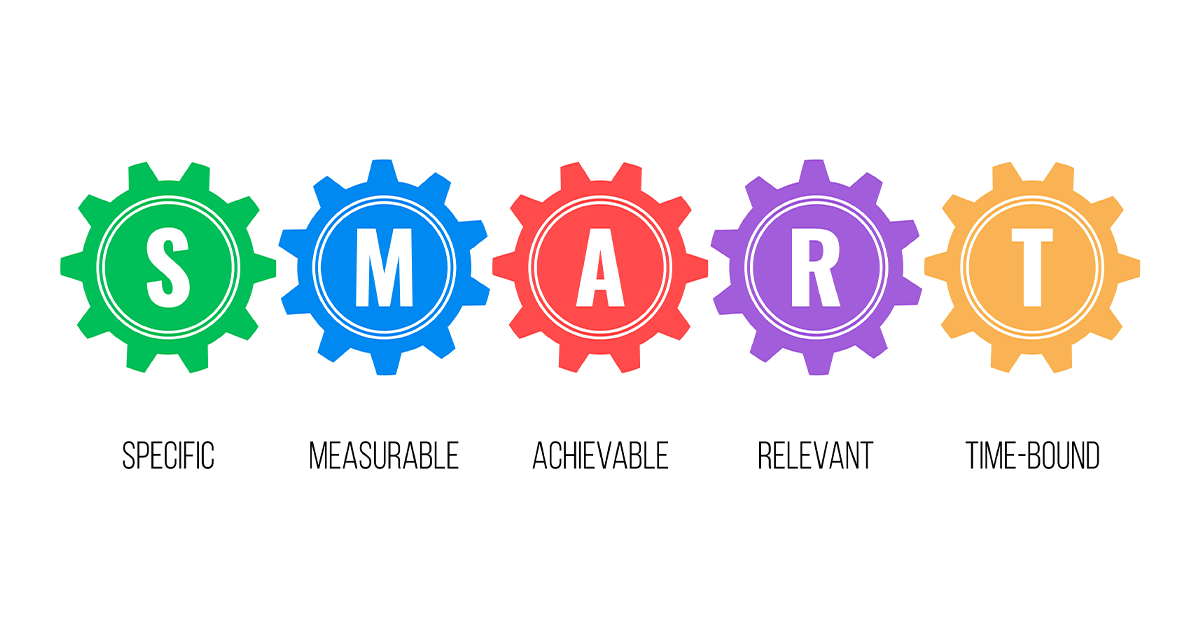
You should first decide and set the goals you want to achieve by working out. Without fixing goals, you won’t be able to reach anywhere. Make a strategy and set attainable targets. Start with a simple step-by-step strategy. You can then continue to add to your milestones as your fitness level increases. Starting with simple, attainable goals will increase your chances of success and keep you motivated.
What goals do you want to achieve?
- Weight loss
- Weight gain
- Build muscle
- Strength and endurance
Consult Your Family Physician Or Doctor

Before beginning any exercise plan, see your healthcare professional and have a physical medical assessment. This will help you pick the right workout plan to start with and assure your physical safety.
Evaluate Your Fitness Level
Know your body, fitness level, and what kind of workout your body can sustain. You can prepare a list of your vital statistics to help you keep track of your progress. After evaluating your body’s fitness level, you can easily pick a workout routine matching your situation and requirement. You can even consult a gym-goer or a trainer regarding it.
Gather Workout Equipment
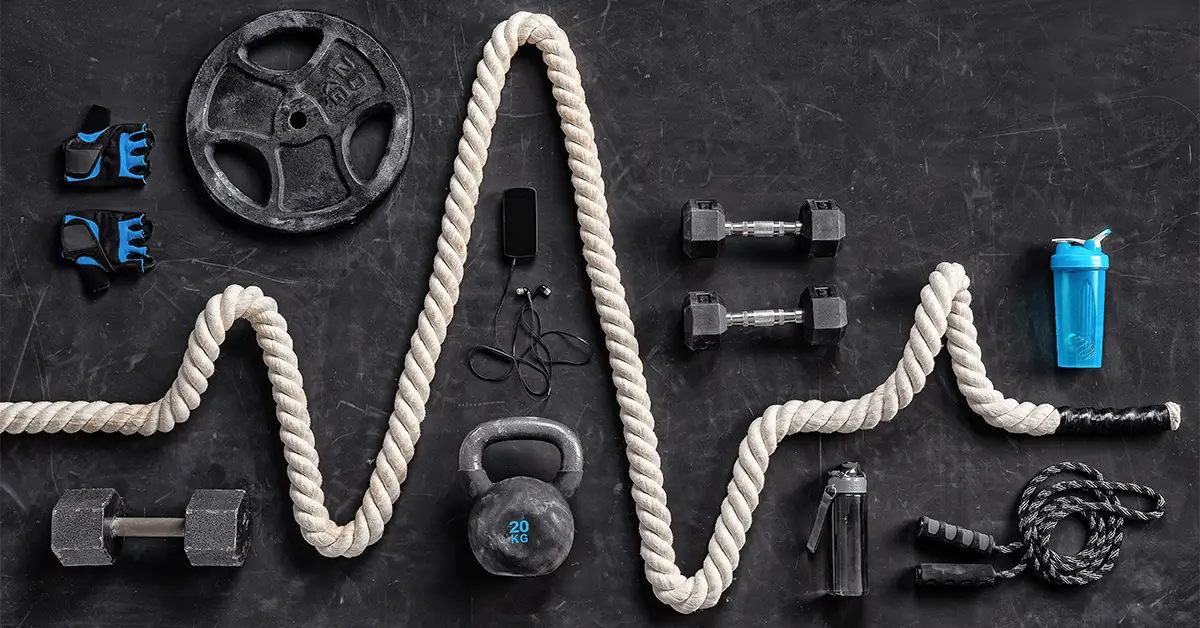
You’ll need home training equipment such as resistance bands, dumbells, a bosu ball, pull-up bar, medicine ball, and a mat for the stamina exercises.
Be Consistent With Your Workout Routine
Another critical aspect of workout success is sticking to a regimen. Make it a routine. Replacing an unhealthy behavior with a new, better habit is an excellent way to keep it long-term. At least 150 minutes of workout per week is recommended as a minimum. Though, it’s vital to start slowly and allow your body to get adjusted to this new routine.
If you want to reap the rewards, you must get moving — and remain moving. This doesn’t have to mean sticking to a strict, time-consuming workout routine at the gym, though it can certainly help. The truth is that you can earn rewards from a variety of sources.
Weight Training For Absolute Beginners
Finding workout regimes and strength training exercises closer to your hobbies will make it easy for you to make it a habit. If you’re new to strength workouts, be sure you understand the fundamentals and how to select the appropriate weight.
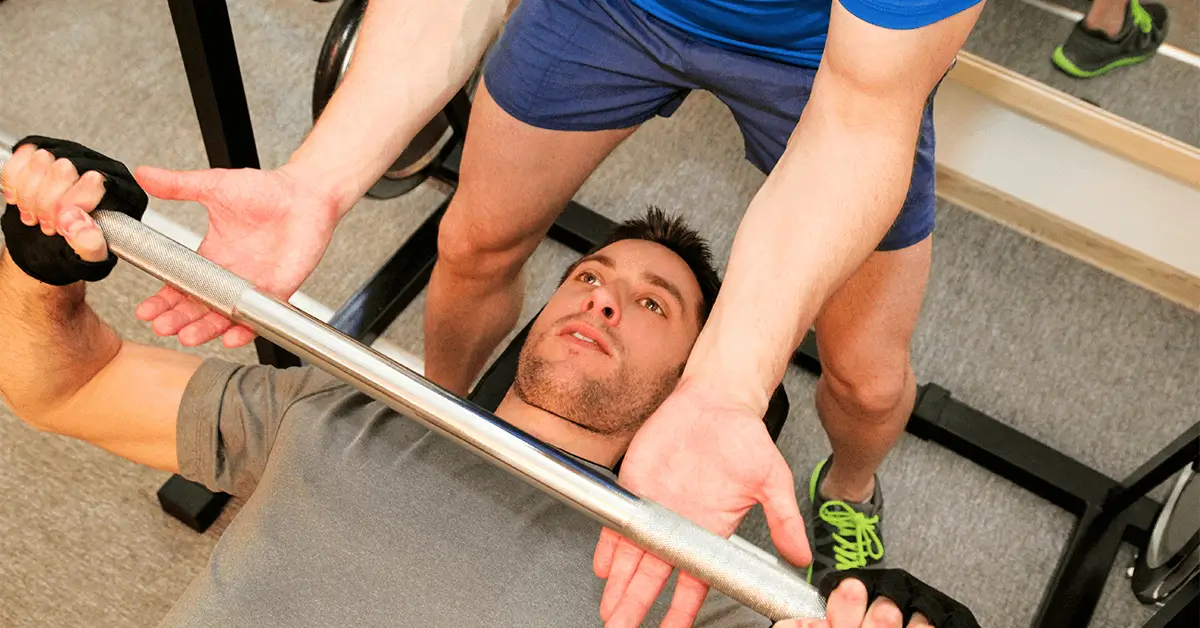
Having a trained and equipped spotter to guide you along your workout journey would always be beneficial. Proper form and stance are essential if you want to get the most out of your workout. Any workout should include elements of ease, form, and physical activity. The proper form can protect your body from harm and ensure that the muscles you’re trying to work are fully engaged. Lifting safely with appropriate form and little weight should be your first goal as a beginner. After you’ve got it down, you can start experimenting with other sets and reps.
Chest For Beginners
You should start with a set of three, rest 90 seconds between exercises and 60 seconds between sets during the program. Begin with light dumbbells and no or very little weight on the barbell.
Wall Pushups
Pushups are a basic and efficient bodyweight exercise that can help you build your upper body and core power. A standing pushup against the wall is a terrific place to start.
Bench Press
Bench presses strengthen, tone, and improve the endurance of upper-body muscles.
Incline Dumbbell Bench Press
The incline press concentrates on the upper pecs.
Beginner Back Exercises
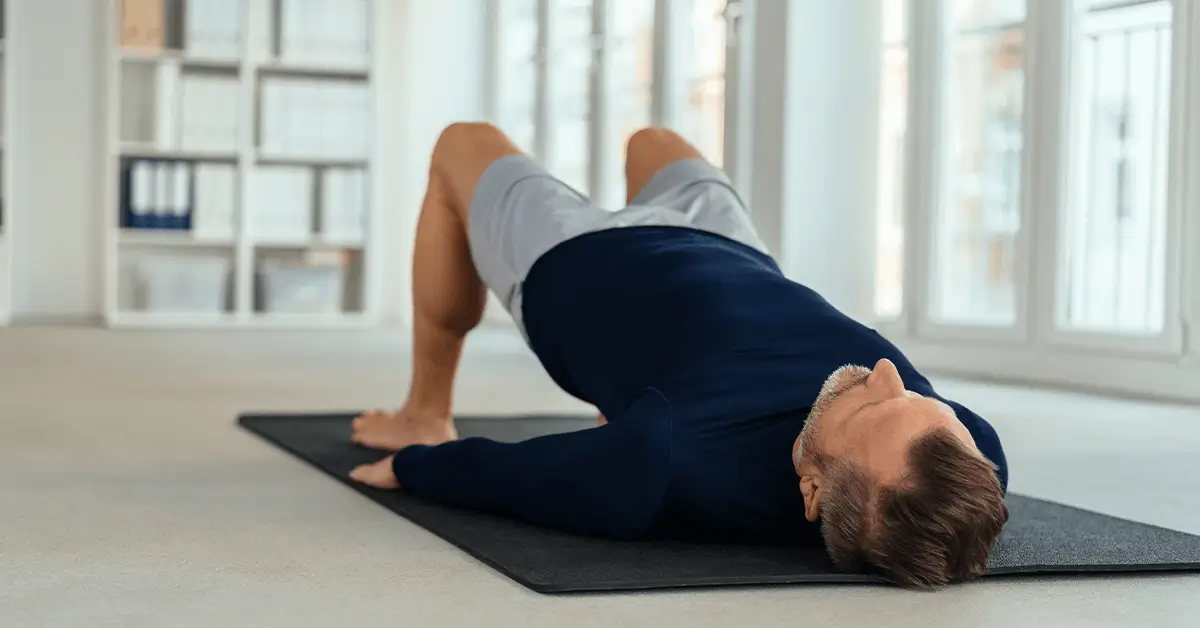
Resistance Band Bent Over Rows
Use a resistance band with light to medium tension to start working out your back muscles ( traps, lats) and even a bit of your shoulders.
Lat Pulldowns
If you want to build your back muscles and improve spinal stability and posture, lat pulldowns are the way to go.
Pull Ups
This exercise develops and sculpts your shoulders, forearms, and chest in addition to working your back. These may be difficult for some at the beginning but there are assisted machines to help out!
Arm Exercises For Beginners
Bicep Curls
Bicep curls are beginner friendly and preforming this exercise will help to build bigger arms. 💪💪
Tricep Extensions
Extensions help to build and develop the upper arm portion. They improve strength and add shape.
Cable Bicep Curls
Cable curls are very similar to traditional bicep curls except they keep consistent pressure on your arms.
Beginner Lower Body Exercises
Bodyweight Squats
Squats are an absolute staple when it comes to working out, but before jumping into the rack I suggest to start with your bodyweight. This compound movement strengthens all of your leg muscles, tendons, and bones.
Bodyweight Lunges
Lunges are great for beginners and they help to develop muscle growth particularly in your glutes, quads, hamstrings, and core.
Shoulder Exercises For Beginners
Overhead Press
It is an effective exercise to strengthen shoulders and triceps. This can be preformed with a barbell or dumbbells, but remember to start out with light manageable weight while focusing on form.
Dumbbell Front Raises
This is a very straightforward movement to start working out your shoulders. Start with a light weight and work your way up as you progress.
Planks
This exercise is mainly thought of only working your core, but it also does work your shoulders pretty well. Start off with 30 seconds and work your way up.
Beginner Ab Exercises
When working out your abs you can generally use bodyweight, but as you progress you can use items such as medicine balls, and weighted plates to increase the difficulty
Mountain Climbers
Mountain climbers are an excellent exercise to add into your beginner workouts as they work your core muscles but also improve cardio!
Crunches
These are a classic core exercise. Start off with 10 reps and then continue to work your way up.
Hanging Knee Raises
This exercise will require you to hang off a bar ( at home or the gym) and the raising/tucking motion will really target your core.
Full Body Exercises For Beginners
A full-body exercise program is ideal because all your muscles are engaged and stimulated in a full-body workout. It’s a terrific technique to make sure you’re working out all your muscles simultaneously.
Compound strength exercises, which are a highly effective technique of training for functional strength as well as cardio fitness, are commonly included in full-body workouts. If your workout schedule is a little haphazard, full-body workouts are ideal. You won’t lose out on exercising one specific body area if you miss a session at the end of the week.
Full body exercises include:
- Pushups
- Squats
- Lunges
- Deadlifts (only once you have the proper form and technique)
- Pullups
- Burpees
- StairMaster
Post Workout Stretching
Stretching has numerous benefits and is necessary to perform after each workout to ensure no tensed muscle or risk of injury. The stretching after a workout is known as static stretching. Static stretching facilitates flexibility and eases your pain. It also improves the flow of blood in your body.
Can I Get Fit In 10 Weeks?
Absolutely you can get fit and achieve great results in 10 weeks. However your overall results will depend on a person’s determination, work ethic and stamina. Many factors contribute to fitness, such as a healthy diet, consistent efforts, good exercise programs, strength training, and cardio.
For this to work you need to maintain a proper healthy diet with sufficient protein, fiber, and vitamins and replace unhealthy habits with healthy ones (instead of watching Netflix after work go for an hour walk). However, don’t get demotivated if you don’t see satisfying results right away, getting fit and losing weight is a marathon and not a sprint. To get back on track you need to pick yourself up and stay consistent with everything and the results will come.
Final Thoughts For Beginners Starting To Workout
Joining a gym or going for a run might be intimidating (gymtimidation) and downright terrifying if you haven’t exercised in a long time, are overweight, or have never exercised at all. It might be difficult at first, but you can stick to a fitness routine in the long run with realistic goals and determination.
Choose a handful of exercises that work for you and switch them up from time to time. To avoid injuries, start slowly, gradually raise your fitness level, and give your body time to rest. It’s also critical to eat a nutritious diet, drink plenty of water regularly, and visit your doctor to monitor your health.
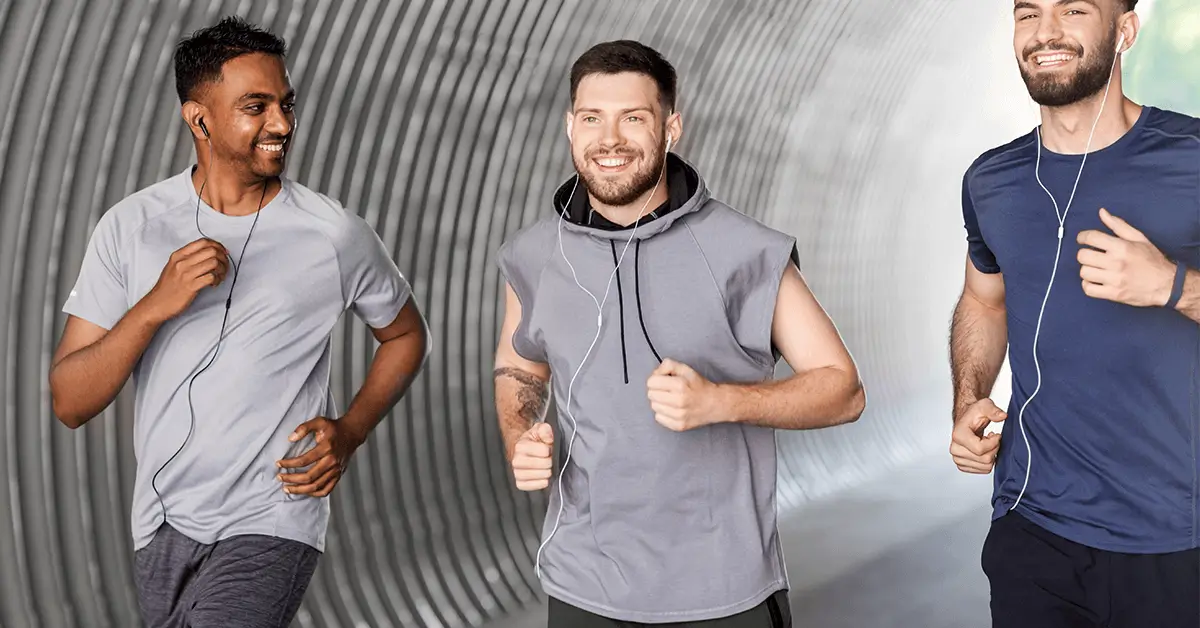
What are you waiting for now that you know everything about beginner’s workouts? Begin your healthy and fit lifestyle journey today!

